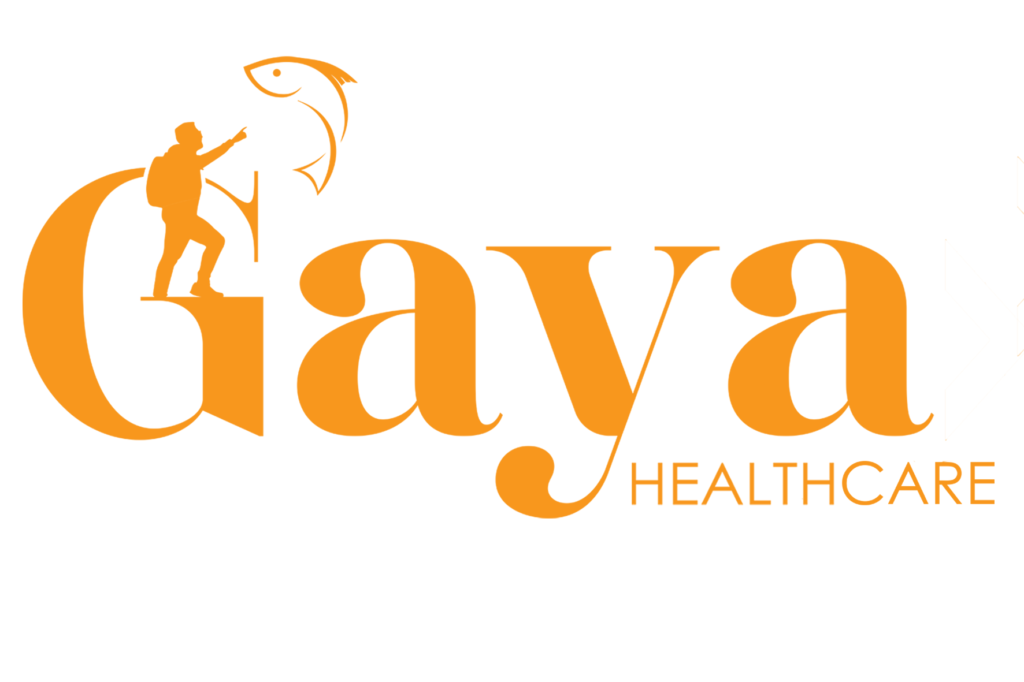
Menu
Claim Generation & Transmission
Claim Generation
  Claim generation is a crucial step in the medical billing process, involving the creation of detailed documents that provide information about the healthcare services provided to a patient. These claims serve as requests for payment from insurance carriers or other third-party payers.
Claim transmission
  Claim transmission is a vital component of the medical billing process that involves the electronic submission of healthcare claims from healthcare providers to insurance payers. The transition from paper-based claims to electronic submission has significantly enhanced the efficiency and speed of claim processing.
Claim Generation
Components in claim generation
  1. Patient Encounter Documentation
2. Procedure and Diagnosis Coding
3. Charge Capture
4. Claim Form Completion
Claim Transmission
1. Electronic Data Interchange (EDI)
  Claim transmission relies on the use of Electronic Data Interchange (EDI) standards. EDI facilitates the electronic exchange of healthcare information between different computer systems.
  Health Level Seven (HL7) and Accredited Standards Committee X12 (ASC X12) are widely used EDI standards in healthcare for the structured exchange of clinical and administrative data.
2. Claim File Creation
  After the claims are generated following the patient encounter, the billing system compiles the necessary information into a standardized electronic file. This file contains data such as patient demographics, procedural and diagnostic codes, charges, and other relevant details.
  The file is formatted according to the specific requirements of the designated EDI standard.
3. Transmission Protocols
  Electronic claims are transmitted using secure and standardized communication protocols. Common protocols include File Transfer Protocol (FTP), Secure File Transfer Protocol (SFTP), or Hypertext Transfer Protocol (HTTP) with secure encryption.
  These protocols ensure the secure and reliable transfer of sensitive healthcare data over the internet.
4. Clearinghouses
  In many cases, healthcare providers use intermediaries known as clearinghouses to facilitate the transmission of claims. Clearinghouses act as intermediaries between healthcare providers and insurance payers.
  Clearinghouses validate and format the claim data, checking for errors or missing information before forwarding the claims to the respective payers.

